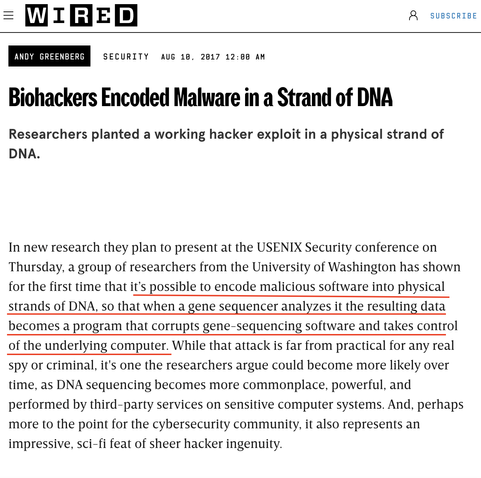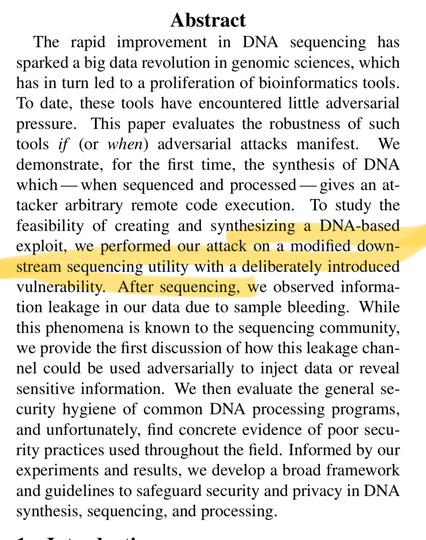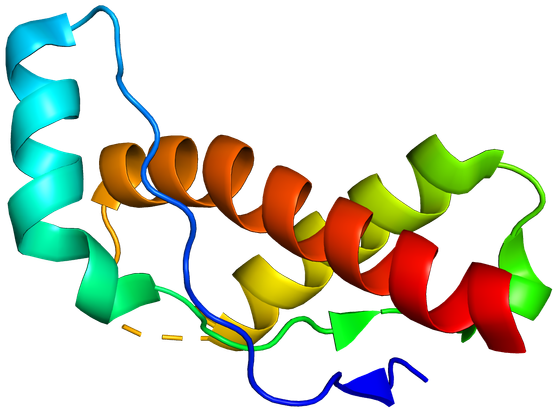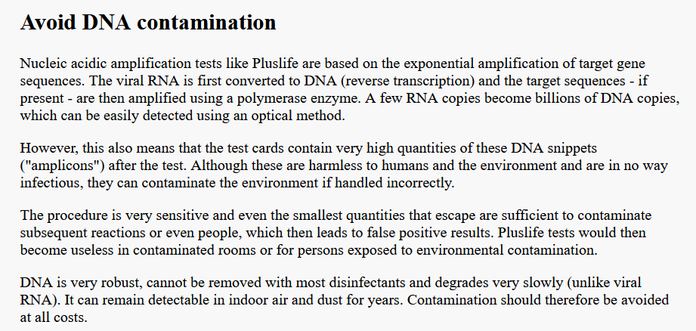Reminds me of Snow Crash
Reminds me of Snow Crash
Wait, that's from 2017, according to the banner?
@beyondmachines1 the articles on that paper (link below) are bullshit fearmongering. The researchers didn’t show an actual attack at all. They intentionally introduced a flaw in a program and then showed they could trigger their intentionally introduced flaw.
Given how this data looks I don’t think this scenario is realistic at all. I didn’t read past the paper’s abstract, but whatever is the actual merit of that research it isn’t what the headlines are about.
https://www.usenix.org/system/files/conference/usenixsecurity17/sec17-ney.pdf
@stevewfolds @beyondmachines1 @cstross
Well, we'll cross that bridge when they encode remote execution exploits into protein sequences
I’ve had an amateur interest in Prions and protein folding. Donated 70-80,000 hours of computer time to folding@home.
https://en.m.wikipedia.org/wiki/Prion
@beyondmachines1 There is a popular Covid test for those that believe in frequent testing. It does DNA amplification, which results in a huge number of strands being created inside the test medium. If you damage the medium/dispose of it improperly, you can contaminate your environment and DNA is very stable. Do it wrong and you might make it so that a particular room always produces false positives, for instance.
@Infoseepage @beyondmachines1 usually the strings are broken up into small pieces through a combination of temperature and some sort of a solvent? (Don't know the right term), even when amplification doesn't do that already.
Those tiny fragments are what's read in, and they're essentially stacked up with statistics magic.
Nothing actually sequences by reading the whole thing in like a microscopic paper tape or the like.
Little Bobby Gattaca
@beyondmachines1 @beyondmachines1 @beyondmachines1 This is just BS. No one in their right mind would parse DNA as anything else. Besides, there's only 4 symbols. Turning this into binary or anything else other than genetic triplets is playing games.
"Look Mom! I wrote some malware in the fridge magnets!"
"Great Kelly! Let's convert that to ASCII and compile it as Javascript, and see what it does!"
@beyondmachines1 @cstross
Procedure: Inject a synthetic sequence which buffer-overruns the sequencer and prints Hello World in the resulting gene map.
Result 1: Testing with bacillus anthracis, the expected result is observed, along with some minimal line-noise adjacent to the injection.
Result 2: Testing with homo sapiens, the expected result is observed eventually, but more than a megabyte of line-noise is emitted.
Result 3: Testing with sepia apama, the test did not complete. Test rig was later found (through analysis of printed recordings) to have autonomously accessed the campus internet proxy, uploaded several terabytes of data then corrupted all electronic logs and printed out a 666-page document in an unidentified hebrew-like script.
Analysis of this text by the Linguistics department proved inconclusive, as the entire team subsequently absconded or experienced violent, fatal accidents within the following 24 hours.





